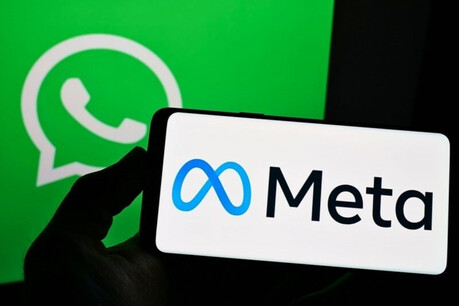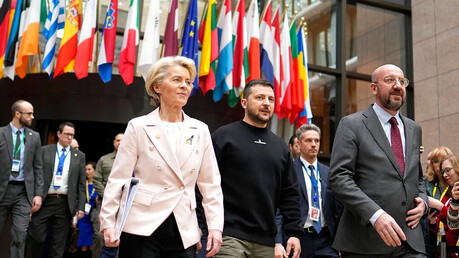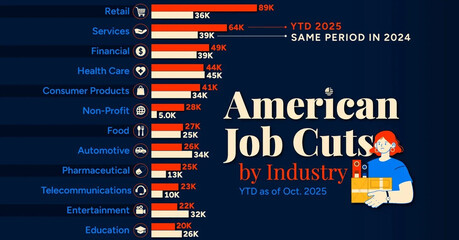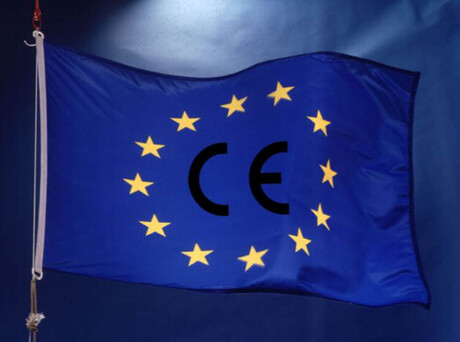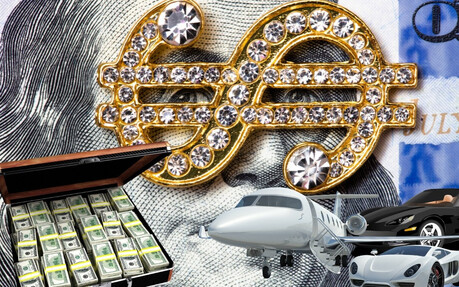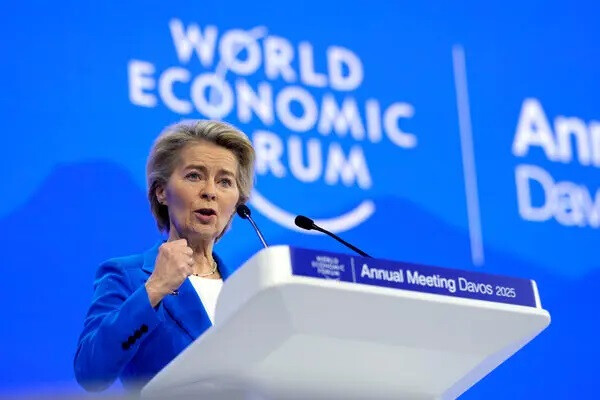
WASHINGTON D.C. — In the high-stakes world of global economic forums, a new and ambitious player is making a bold bid for supremacy. Just three years after its founding, the media startup Semafor is leveraging its rapid growth and strategic positioning to establish its flagship World Economy Summit as a premier U.S.-based rival to the storied annual gathering in Davos. By anchoring its event in Washington, D.C., Semafor is not only convening the world’s elite but is aiming to directly shape American policy and global dialogue in an era of unprecedented volatility.
Founded in 2022 by media veterans Ben Smith and Justin Smith, Semafor quickly distinguished itself with a unique journalistic model and an aggressive expansion into live events. The World Economy Summit, first launched in 2024, has been the centerpiece of this strategy. Its 2025 editions have solidified its place as a formidable force, attracting an A-list roster of corporate titans and political power brokers who see the U.S. capital as the essential hub for navigating a fragmented world.
The momentum began with the spring 2025 edition held in April. According to reports from AP News, the event drew an impressive assembly of over 200 Fortune 500 CEOs, making it one of the largest and most influential gatherings of its kind in the United States. The agenda was packed with critical discussions, featuring high-profile speakers like PayPal CEO Alex Chriss and Australian Ambassador Kevin Rudd. The dialogues ranged from the intricacies of digital infrastructure to the broader implications of rising geopolitical tensions, providing a forum for candid and often-unfiltered exchanges on the state of the global economy.
Building on that success, Semafor has announced an expanded fall edition for 2025, a two-day event in Washington, D.C. This move signals a deeper commitment to fostering sustained dialogue on the most pressing challenges of the day. As detailed on Semafor’s event page, the agenda is finely tuned to address a world grappling with persistent inflation, ongoing geopolitical strife, and rapid technological transformation. The sessions will delve into cutting-edge topics such as carbon capture innovations, the future of green hydrogen, and next-generation energy solutions, moving beyond mere conversation to focus on actionable insights and real-world strategies.
Industry observers are quick to note that while Semafor’s model draws clear inspiration from the World Economic Forum, its strategic choice of location gives it a distinct advantage. While Davos operates in a neutral, Alpine setting, Semafor’s presence in the U.S. capital positions its summit at the nexus of global commerce and American political power. This proximity allows for more direct engagement with policymakers, offering a platform where CEOs and government officials can not only discuss challenges but also influence the regulatory and legislative frameworks that will define the coming decades. A post-event analysis in Semafor's own publication highlighted this dynamic, showcasing discussions on global growth featuring diverse participants, from Kentucky Governor Andy Beshear to Snap CEO Evan Spiegel, all addressing the impact of digital transformations from a uniquely American vantage point.
Semafor’s ambitious plans extend well beyond the D.C. beltway. The company’s events business is projected to see a dramatic fourfold increase in revenue, with attendance expected to double to 5,000 participants, according to insights from A Media Operator. This aggressive growth is supported by key strategic hires, including Lyndsay Polloway as Senior Vice President of U.S. events and Nino Gruettke for international events, as reported by Adweek. These appointments underscore Semafor’s global ambitions, with plans for new summits in major economic centers across Asia and Europe already in the pipeline.
The burgeoning rivalry is already generating buzz across social media. Recent posts on X reflect mixed sentiments, with some users drawing parallels to the World Economic Forum's 2025 Davos meeting, where themes of global divisions and economic uncertainty were a central focus. As echoed in a tweet from financial commentator Holger Zschaepitz, the bullish outlook on the U.S. economy contrasted sharply with a more pessimistic view of Europe at Davos, a sentiment that Semafor’s D.C. summit seems poised to capitalize on. While some express skepticism, linking the summits to broader geopolitical narratives, there is a general consensus that the event’s prominence is on a clear and rapid ascent.
Strategic partnerships have been a cornerstone of Semafor’s success. The company’s collaboration with organizations like Gallup for the launch of the World Happiness Report and its discussions on energy innovations highlight a multidisciplinary approach that broadens the summit's appeal. The spring 2025 summit’s collaboration with Finance Yahoo was a testament to this, as Yahoo Finance streamed sessions that explored crypto’s role in economic freedom, featuring insights from leaders like Coinbase CEO Brian Armstrong. Further signaling its commitment to a sophisticated content strategy, the company has brought on Andy Browne to lead its live journalism efforts. A recent update on X from Press Gazette, dated September 3, 2025, confirmed Semafor's plan to extend the summit to a full five days, indicating sustained investment and confidence in its role as a narrative-shaper.
Despite the undeniable hype, challenges remain. Critics question whether Semafor can sustain the intellectual rigor and historical depth of Davos while navigating the often-polarized landscape of U.S. politics. Yet, the summit’s central theme of resilience in a volatile global economy resonates deeply with attendees. Sessions recapped on Semafor’s live page, which covered everything from AI's transformative impact to the complex dynamics of trade with China, demonstrate a dedication to substantive dialogue.
Looking forward, Semafor’s events could well redefine how media companies monetize their influence. By convening power players amidst the current economic rewiring—a phenomenon evident in scenarios like the potential for U.S. policy shifts under a future Trump presidency, as pondered in a German Marshall Fund X post—the summit is more than just a gathering; it is a vital platform for forging the next era of global stability. As one industry executive noted in a NextBillion calendar entry, the event’s dedication to advancing these critical dialogues positions it as an essential hub for insiders navigating uncertainty.
[Copyright (c) Global Economic Times. All Rights Reserved.]

















